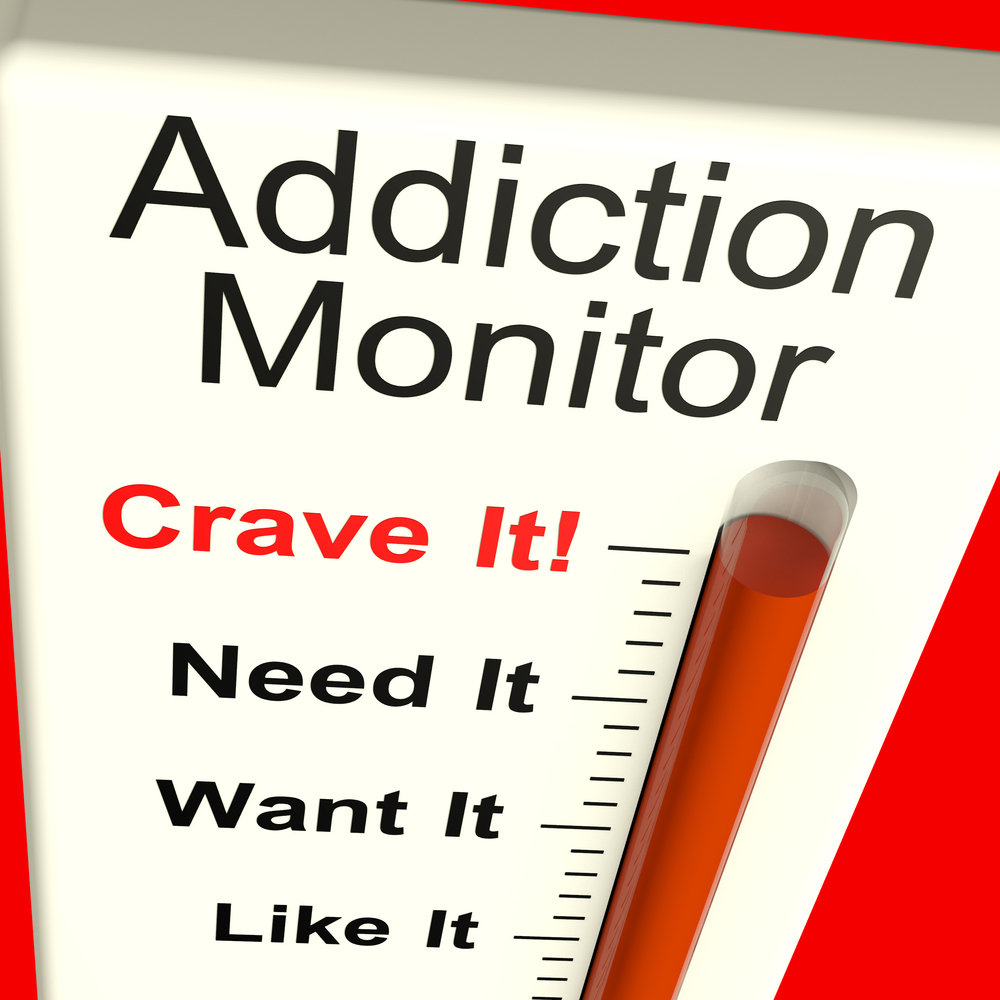Barbiturates and Benzodiazepines are often mistaken for one another. Both of these drugs are part of the drug class called Central Nervous System depressants and are generally used to treat symptoms of anxiety, insomnia, or seizures. CNS depressants increase brain activity on the GABA (gamma-aminobutyric acid) which is a chemical that inhibits brain activity and can cause drowsiness or a sense of calm.
CNS depressants can lead to substance use disorder and symptoms of withdrawal when the medication use is stopped. Even if taken as prescribed, long-term use of these kinds of medications can lead to tolerance which means that more of the medication is needed to feel the desired effects.
Barbiturates
Barbiturates were first developed in the 19th century and gained popularity in the 1950s and 1960s. When used properly, this medication can help with seizures, anxiety, sleep, and muscle spasms. Off-label uses for barbiturates, “barbs,” can include treatment for alcohol and benzodiazepine withdrawal or poisoning, help with migraines, and jaundice.
When barbs are used as a recreational drug, they often produce effects similar to alcohol, like relaxation, euphoria, slurred speech, loss of coordination, impaired judgment, and confusion.
Types of Barbiturates include:
- Phenobarbital
- Butabarbital
- Seconal
- Nembutal
- Butalbital
- Primidone
Barbs come in liquid, pill, rectal and injectable forms. How quickly this medication acts and how long the effects take place will vary based on the classification of ultra-short, short, and long-acting types and if the drug is taken orally or in other forms.
Risks & Side Effects of Barbiturates
The major risk when using barbiturates is the likelihood of developing tolerance and dependence. In fact, death from overdose is the most significant risk associated with barb use. Once tolerance has been developed, the risk between an effective dose and a fatal overdose increases.
Continued barbiturate use is often associated with withdrawal symptoms if the medication is suddenly stopped. Withdrawal from this drug can be fatal if untreated. Therefore, this medication should be tapered in a medical setting.
Due to the great risk for dependence and tolerance, barbs are not commonly used medically today. Most barbiturate use has been replaced with newer medications that are a safer alternative.
Benzodiazepines
Benzodiazepines are some of the most commonly prescribed medications in the world today and were first used in a medical setting during the 1960s. Benzodiazepines, “benzos,” are commonly used for anesthesia, alcohol or benzo withdrawal, and treatment of anxiety, seizures, or insomnia.
When benzos are used recreationally, like barbiturates, they often mimic symptoms that are similar to alcohol use and abuse. If benzos are combined with alcohol, barbs, or other benzos, care should be taken to watch the airways because this can increase the likelihood of slowed or ineffective breathing.
Common Benzodiazepines:
- Xanax
- Klonopin
- Valium
- Librium
- Ativan
- Dalmane
Benzodiazepines commonly come in oral and intravenous forms, but may also be administered rectally, intranasally, and intramuscularly. The amount of time it takes to feel the effects and how long the effects last depends on the dose and form.
Risks & Side Effects of Benzodiazepines
Although benzodiazepines were developed as a replacement for barbiturates after the realization of the risks, benzos also have risks and side effects associated with them. Benzodiazepines also have a risk of developing tolerance and dependence. Prolonged use of these medications is not recommended as side effects and tolerance or abuse rise the longer the substance is used.
Withdrawal symptoms can occur if this medication is suddenly stopped. Not only can withdrawal occur, but the sudden stopping of benzos can be fatal. Benzodiazepines should be stopped with medical supervision, and if abuse is occurring a tapering should be done by a medical professional.
The Difference Between Barbiturates & Benzodiazepines
Barbiturates and benzodiazepines have more in common than they have differences. Both activate the neurotransmitter GABA and are used to treat similar conditions. Barbiturates were developed earlier than benzodiazepines and are linked to more adverse effects.
The main difference between these two medications is that barbs are said to be more potent and more addictive than benzos. Benzodiazepines, however, do not come without risk, and long-term use is not recommended. Even if the medication is taken as prescribed, tolerance can be developed.
Get Treatment for Benzodiazepines & Barbiturates
Benzos and barbs can be addictive and cause withdrawal symptoms that are severe. Getting treatment for these medications is vital because without medical supervision, stopping these drugs can be fatal.
If you or a loved one are struggling with benzo or barb addiction, detox may be the safest first step to getting help. Detoxification involves both medical and therapeutic modalities to help rid the individual of the substance and treat the mind, body, and spirit. Finish Line Recovery offers detox and inpatient treatment for people struggling with benzodiazepine or barbiturate addiction.

